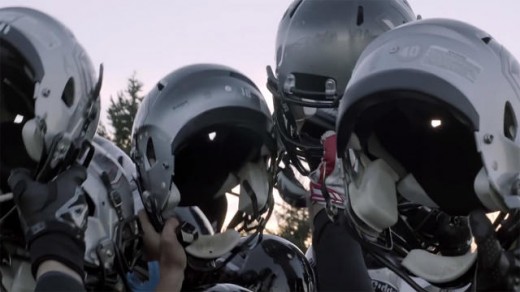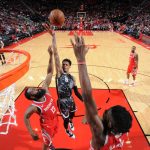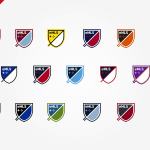Inside The Uplifting, Entertaining World Of The Whistle, YouTube’s Biggest Sports Network

“When my kids were going to watch sports media on TV—highlights, recaps, or even a game—there was this pervasive focus on the scandal of the day, and it was swallowed up with ads for Viagra and alcohol, and violent movie trailers,” says West. “It wasn’t what I wanted my kids to associate with sports, which can teach kids self-confidence and team work, math and science, fitness and nutrition skills—a good chunk of the things kids need to be successful in life. This generation has their own music and gaming video content, their own fashion video content, on and on through the segments until you get to sports, and then they largely have what’s been pretty much the same for the last 30 years and is designed for their parents.”
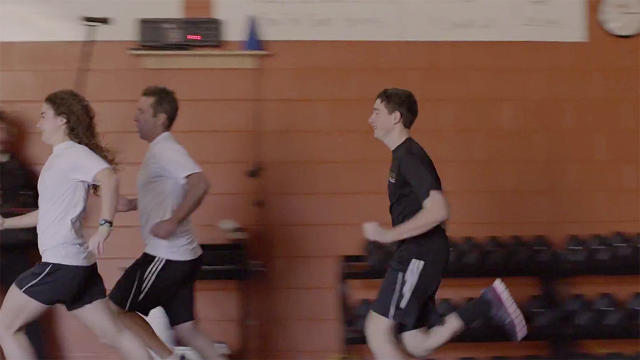
Identifying an underserved audience is one major reason for Whistle Sports’ incredible growth in its first year—another is the network’s well-defined strategy to serve this audience. Whistle Sports’ target age group is what they refer to as “young millennials,” specifically 13- to 18-year-olds, although West says they’re seeing interest from older viewers, including parents. Rather than live events or standard 30-minute shows, almost all of Whistle’s content is short-form video of a few minutes. “There’s a survey that came out a year ago that said that on average, when youth are really engaged in digital media, they have about a seven-minute attention span,” says West. Whistle also ruled out showing live games, both because as a new company it would have difficulty securing rights, and because their own research showed that the target age group was less interested in them. “We looked a the top five sports in the past four years in the U.S., for live sporting event viewership on TV by this generation, and it declined 16%,” says West. “So Whistle Sports is not live games. It’s everything else. It’s instructional videos, bloopers, trick shots, behind the scenes. A lot of what we’re doing with the pro leagues is what’s behind the scenes, what happens before and after a game. What are the athletes’ superstitions, what are their workout routines? What’s their pre-game meal? We’re trying to really give this generation their own relationships with pro athletes as well as YouTube’s sports stars.”
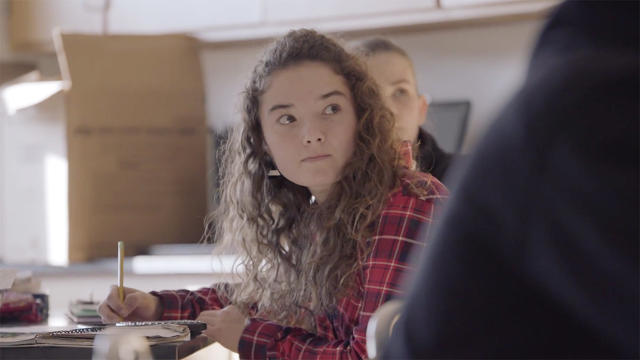
For example, says West, Dude Perfect‘s trick shot videos get kids “to watch the video, call up their buddies, bring them over to their house, set up a basketball hoop, try and do the trick shot, go back, look at the video, try again, create their own videos. So we’re connecting the digital screens that kids live on, hopefully, with a real-world sports activity that they have outside.”
According to West, about 40% of Whistle Sports’ YouTube multi-channel network audience is outside of the U.S., so a big growth priority is in international content partnerships, for which the relationship with Sky is a significant first step. The company recently opened a London office as a jumping-off point for the rest of Europe, and has plans for a presence in Latin America as well.
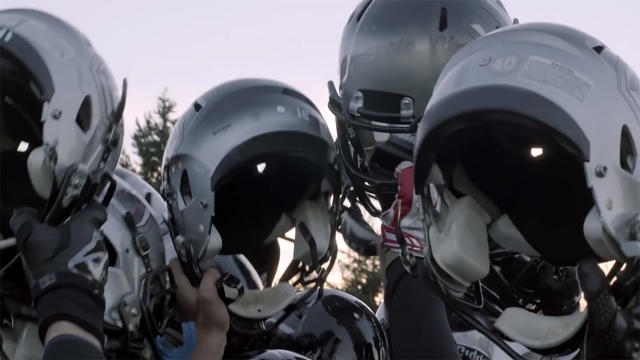
(201)

